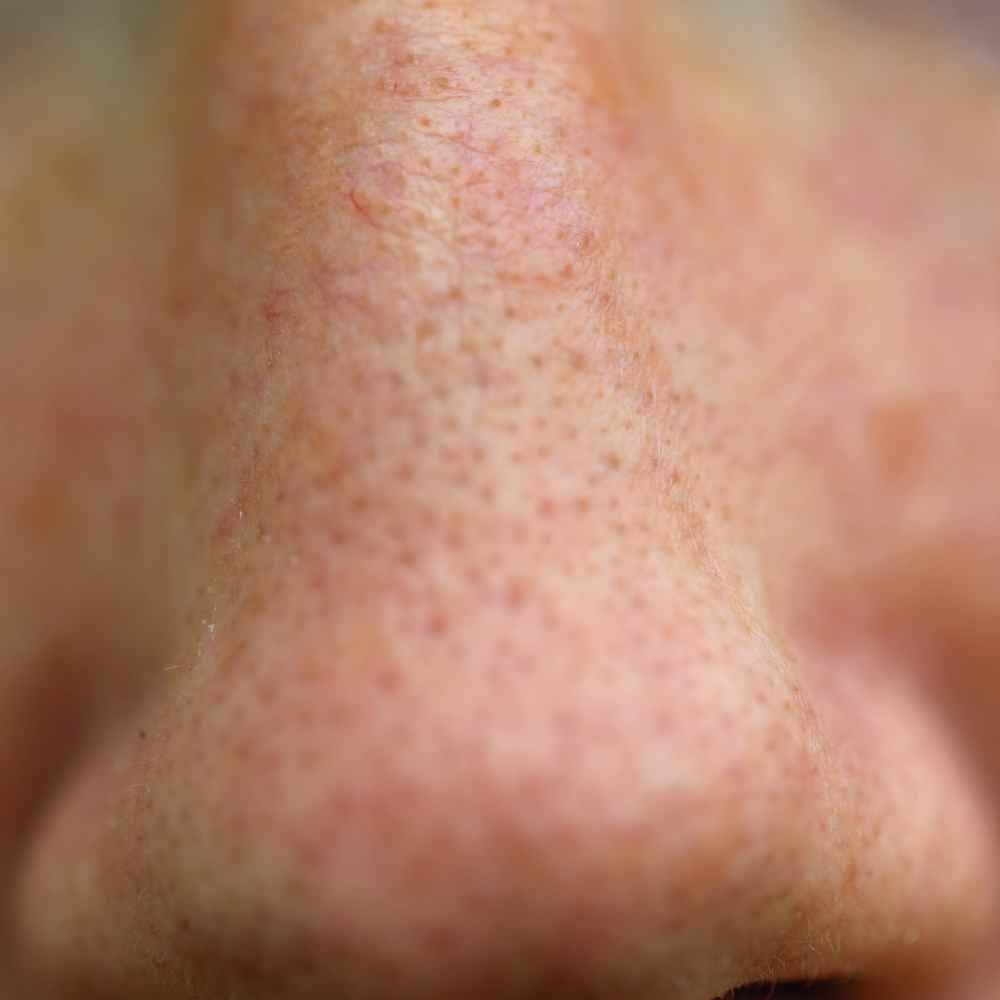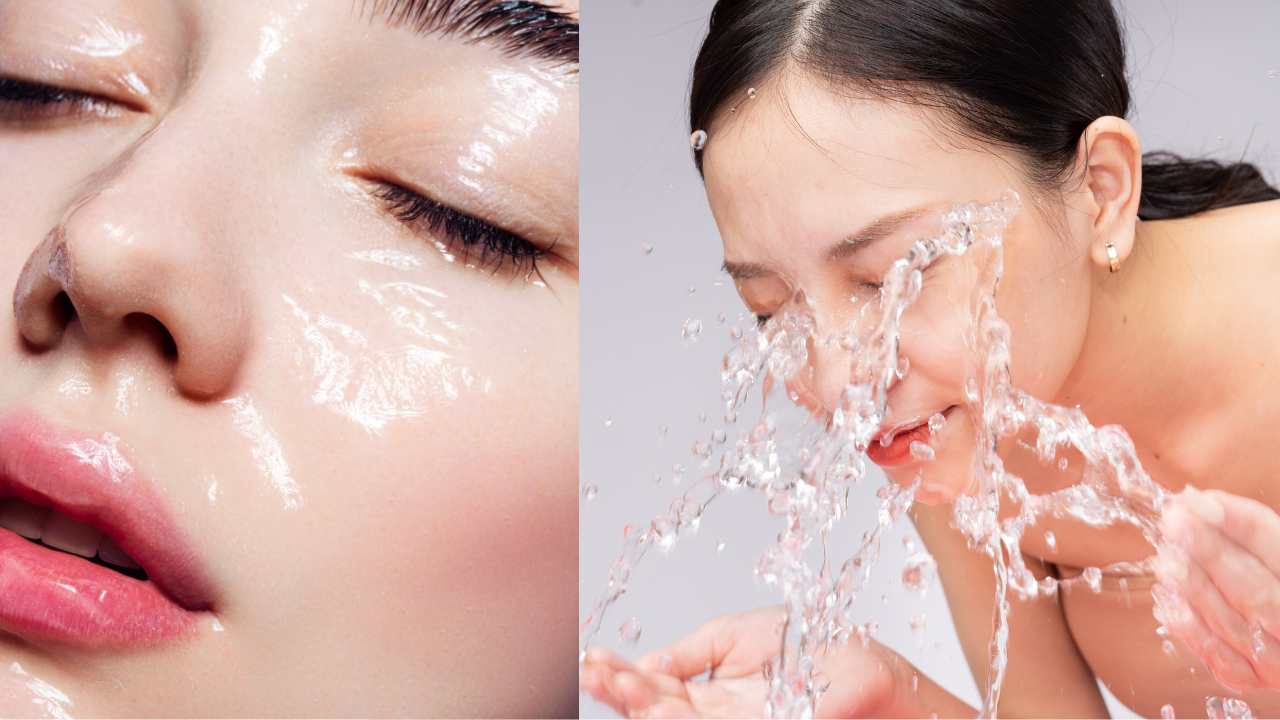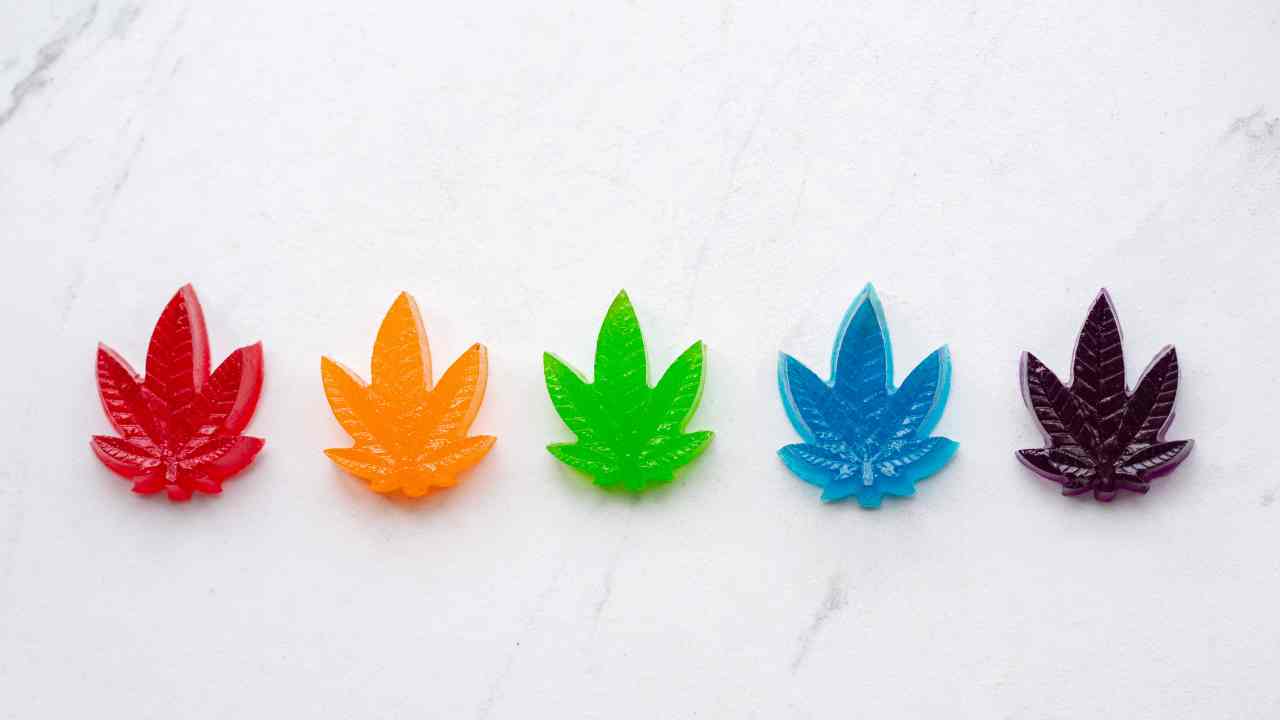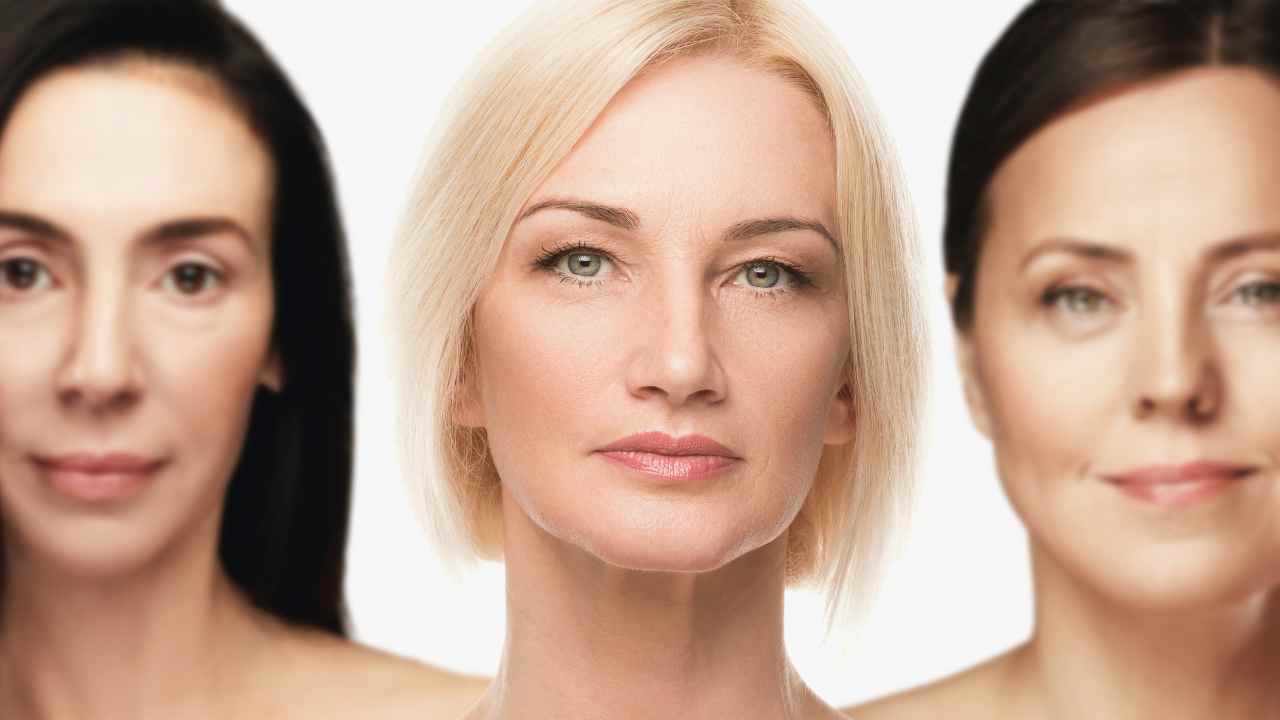
The Big Blackhead Battle: Glycolic Acid vs Salicylic Acid
If there's one thing we all agree on, it's that blackheads are the worst. No matter how much we may have tried to get rid of them, they always seem to stick around and show their face regularly!
However, help is at hand in the form of two powerhouse acids - glycolic acid and salicylic acid – both beloved for their strength when it comes to getting tough on those pesky blackheads that just won't go away!
So join us as we delve into this acid showdown; which will come out victorious in its battle against unsightly blemishes?

What You Need to Know About Glycolic Acid
Glycolic acid is a type of alpha-hydroxy acid (AHA) derived from sugarcane.
It has the smallest molecular size among alpha hydroxy acids, allowing it to penetrate deeply into the skin.
Glycolic acid is known for its powerful exfoliating properties, helping to remove dead skin cells, unclog pores, and stimulate collagen production. It is suitable for most skin types, particularly those with dry or mature skin.
What You Need to Know About Salicylic Acid
Salicylic acid is a type of beta-hydroxy acid (BHA) derived from willow bark. It has the ability to penetrate the oil glands and exfoliate inside the pores, making it highly effective for treating fungal acne and oily skin.
Salicylic acid also has anti-inflammatory properties, reducing redness and swelling associated with acne breakouts. It is particularly beneficial for individuals with oily, acne-prone, or congested skin.
Key Differences Between Glycolic and Salicylic Acids
Glycolic acid and salicylic acid are very similar products, but they have a few key differences. Glycolic acid is an alpha hydroxy acid (AHA), whereas salicylic acid is a beta hydroxy acid (BHA). Keep reading for even more differences that distinguish between these two skincare products.
Skin Penetration
Glycolic acid has a smaller molecular size, allowing it to penetrate the skin deeply and work on the surface as well as in the deeper layers.
It exfoliates the outermost layer of the skin, revealing a brighter complexion.
Salicylic acid, on the other hand, has a larger molecular size and is oil-soluble, enabling it to penetrate into the pores and work on the deeper layers of the skin.
Exfoliation Mechanism
Glycolic acid primarily works by breaking down the bonds between dead skin cells on the surface of the skin, resulting in gentle exfoliation and skin renewal.
Salicylic acid, with its oil-soluble nature, can penetrate into the pores and exfoliate within, effectively unclogging them and reducing the formation of blackheads and whiteheads.
Choosing for Your Skin Type
Glycolic acid is suitable for most skin types, particularly dry, mature, or sun-damaged skin.
It helps to improve skin texture, reduce the appearance of fine lines and wrinkles, and promote a brighter complexion.
Salicylic acid is more suitable for oily skin, acne-prone skin, or congested skin types due to its ability to unclog pores, reduce sebum production, and treat acne-related inflammation.
Treating Specific Skin Concerns
Glycolic acid is excellent for addressing concerns such as dullness, uneven skin tone, mild hyperpigmentation, and signs of aging. It helps to promote a smoother and more youthful complexion.
Salicylic acid is particularly effective in treating acne, blackheads, whiteheads, and reducing pore congestion. It also has anti-inflammatory properties, which can calm redness and irritation associated with acne breakouts.

Choosing the Right Acid for Your Skin
Now that you understand how each product works, here are some things to consider before choosing one for your skin type.
This is how each skincare ingredient might react to your particular skin texture. So keep these points in mind.
Dry Skin or Mature Skin
If you have dry or mature skin and are looking to improve skin texture, diminish fine lines and wrinkles, and achieve a brighter complexion, glycolic acid is an excellent choice.
Look for products with a concentration of 5% to 10% glycolic acid and start with lower concentrations if you have sensitive skin. Begin with a once-a-week application and gradually increase frequency as tolerated.
Oily Skin or Acne-Prone Skin
For oily skin or acne-prone skin, salicylic acid is a powerful ally. It helps to unclog pores, reduce excess sebum production, and fight acne-related inflammation.
Look for products with a concentration of 0.5% to 2% salicylic acid and incorporate them into your skincare routine once or twice daily, depending on your skin's tolerance.
Combination Skin
If you have combination skin, you can benefit from both glycolic acid and salicylic acid.
Consider using glycolic acid to address uneven skin tone, texture, and signs of aging, while incorporating salicylic acid to target oiliness, acne, and pore congestion.
Use glycolic acid products a few times a week and salicylic acid products on alternate days or as needed.
Sensitive Skin
If you have sensitive skin, it's crucial to approach chemical exfoliants with caution. Start with lower concentrations and perform patch tests before applying them to your entire face.
Alternatively, consider using milder AHAs like lactic acid or mandelic acid, which are more gentle on the skin.

Which Skincare Products Contain These Ingredients?
Glycolic and salicylic acid are two of the most common active ingredients found in skincare products.
You can find these acids in cleansers, exfoliators, toners, moisturizers, masks, serums, chemical peels—almost every major type of skincare product. It's up to you how you want to incorporate them into your skincare routine.
The dermatologists from the Doctory channel on YouTube talk about how to use these products in a routine to prevent blackhead buildup on your skin.
The Clear Winner in the Fight Against Blackheads
When it comes to the battle against blackheads, you’re going to need powerful weaponry!
Both glycolic acid and salicylic acid are both suitable contenders in this fight. Both of these acids can break down the oils that contribute to clogged pores and blackhead formation, but there are some important distinctions between them.
Salicylic acid really stands out as being particularly effective against these stubborn little spots!
So why is salicylic acid so good at treating blackheads? Well, for starters, it's a type of beta hydroxy acid (BHA) that is uniquely designed to penetrate deeply into your pores. This makes it invaluable in tackling deep-set blackheads.
Plus since beta hydroxy acids also have anti-inflammatory properties they can reduce redness and skin irritation associated with breakouts due to their ability to exfoliate the top layer of skin cells—which helps control excess oil production from clogged pores.
Furthermore, salicylic acid has been proven particularly effective for people with oily or combination skin types as well! In contrast, glycolic acids are most often used when targeting wrinkles or sun damage.
So while still beneficial for clearing up acne and helping improve blemishes (due to its chemical make-up), this type of AHA may not always be as suitable when treating blackhead prevention specifically.
Salicylic acid should remain your go-to choice if you're aiming specifically at preventing and eliminating those pesky little problems known as "blackheads".
Its highly targeted action on deep set pimples means more successful results than other forms of chemical exfoliation such as glycolic acid could provide - giving you an easy way out in getting rid of them once and for all!
Remember to start with lower concentrations, listen to your skin's needs, and gradually increase usage as tolerated. Embrace the power of chemical exfoliants and unveil the beautiful skin you deserve.

















